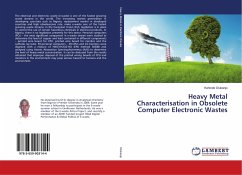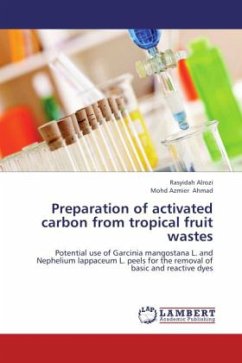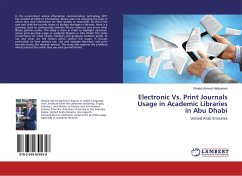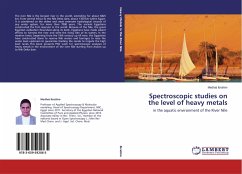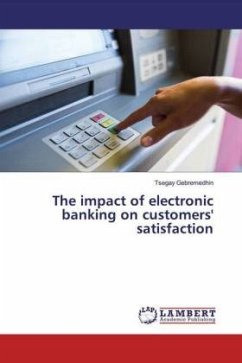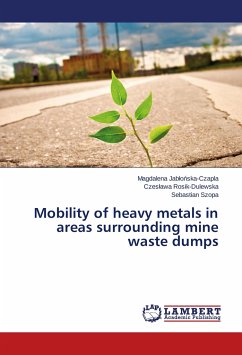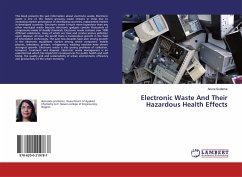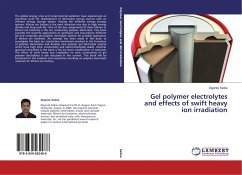The electrical and electronic waste (e-waste) is one of the fastest growing waste streams in the world. The increasing market penetration in developing countries such as Nigeria, replacement market in developed countries and high obsolescence rate, make e-waste one of the fastest growing waste streams. In the European Union (EU), legislation is in place to control the use of certain hazardous chemicals in electrical products. In Nigeria, there is no legislation presently for this sector. Personal computers (PCs) - the most significant component in e-waste stream were studied to determine the level of copper and lead contained in different components - printed wire board for CPU, printed wire board for monitor and the cathode ray tube. 59 personal computers - 39 CPUs and 24 monitors were digested with a mixture of HNO3-H2O2-HCl (EPA method 3050B) and analysed using Atomic Absorption Spectrophotometry (AAS) to determine the level of heavy metal concentration. It can be deduced fromthe results obtained that improper disposal of the printed wiring boards of CPU and monitors in the environment may pose serious hazard to humans and the environment.
Bitte wählen Sie Ihr Anliegen aus.
Rechnungen
Retourenschein anfordern
Bestellstatus
Storno

